
ALS ADAPTIVE LOAD SENSING SYSTEM - EVOLUTION
At Agritechnica 2025, Walvoil will introduce the evolution of the ALS System - Adaptive Load Sensing.
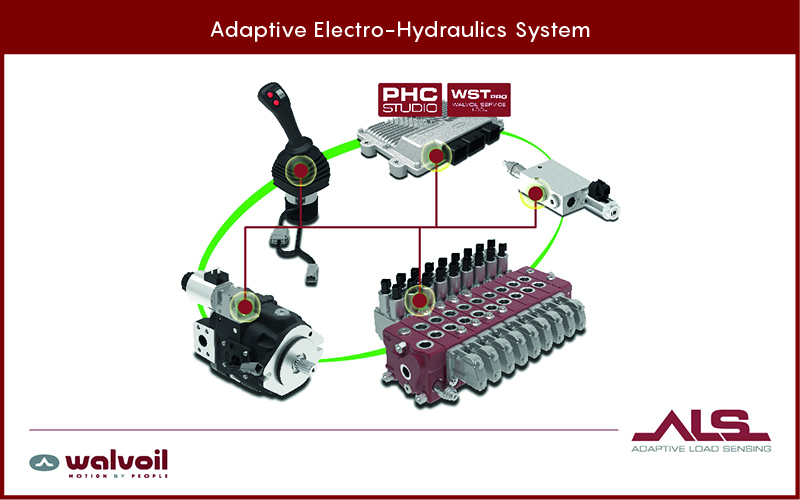
Hydraulic systems represent the core actuation of many construction machinery. This technology is well established in the market and is well known to be reliable and cost effective. Several mechanical control systems have been developed in the last century, relying on pure mechanical regulators and controllers. Walvoil introduces a new generation of control systems based on electronic circuit and algorithms. An advanced software allows better operation performance and dissipation reduction.
To limit the energy dissipation of the hydraulic system the component manufacturer developed variable displacement pumps: a hydraulic power generation unit that produced the needed flow from hydraulic operator.
This development together with the displacement control system allowed important savings.
Among those system the most common control in construction market is the Load Sensing design: a hydraulic signal provides the flow request to pump regulator. This system is well known but has additional costs and complexity, for those reasons a good portion of constant displacement pumps is still used on the market.
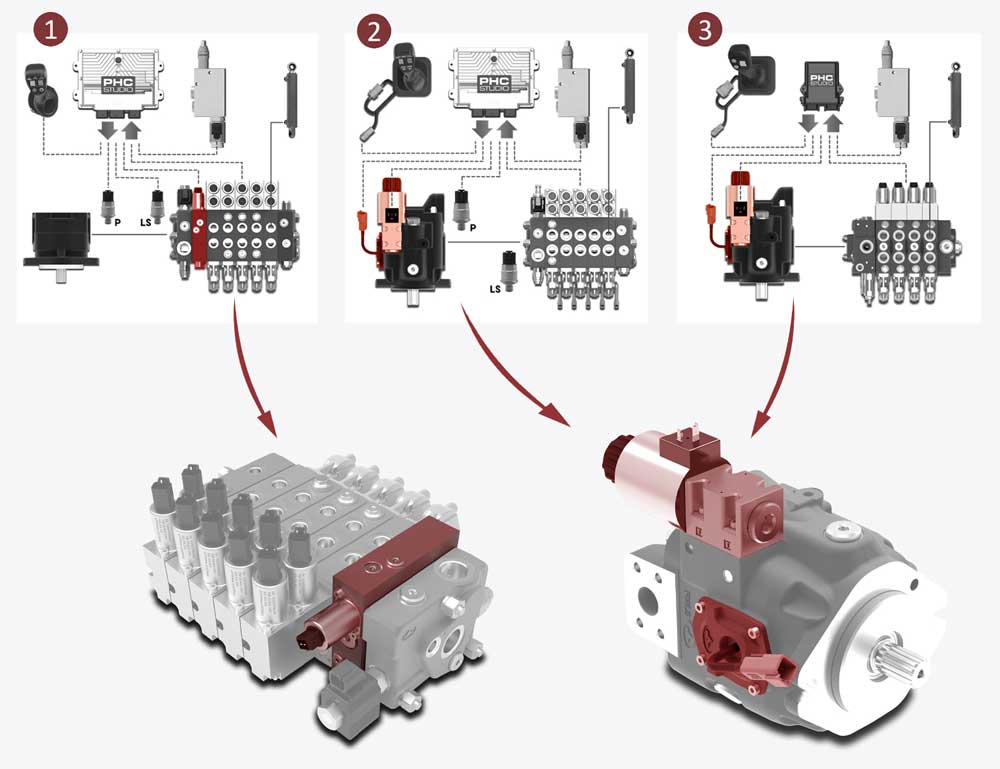
Capt.: 1- LS Electronic Control, 2- Electronic Flow Control (closed center version), 3-Electronic Flow Control (open center version)
Walvoil ALS - Adaptive Load Sensing System, part of the new Hydraulic Digital Solutions and presented in its evolved version, replies to the need of more advanced controllers that minimize the power consumption without scarifying the operator experience.
Thanks to ALS it is possible to modify the system margin: the control signal for the pump or for the inlet compensator is "corrected” to match different operationneeds.
ALS for constant-displacement-systems
The inlet ALS compensator provides adjustable bypass pressure to the flow coming from the pump. In this setup, the controller limits the power dissipation during idle condition and boost the system in normal operation.
ALS for variable-displacement-system with traditional load sensing piston pump
In those systems a classical LS pump regulator is controlled through the ALS module integrated in the valve, typically DPX flow sharing main control valve. This architecture provides boost, economy or custom response of the hydraulic system to the operator request. This technology, already proven in the field allows power demand optimization and a more tailored operator experience.
ALS for variable-displacement-systems, piston pump with electronic displacement regulator
It’s now possible to integrate ALS also in the piston pump. The electronic controller of the piston pump swashplate allows a complete electronic control of reaction time and system margin. This system is available for both open center and flow sharing system, and minimizes pressure drops across the entire hydraulic system.
ALS system applied to a typical working cycle of telehandlers, proved a consumption reduction higher than 5% and improved vehicle functionalities.
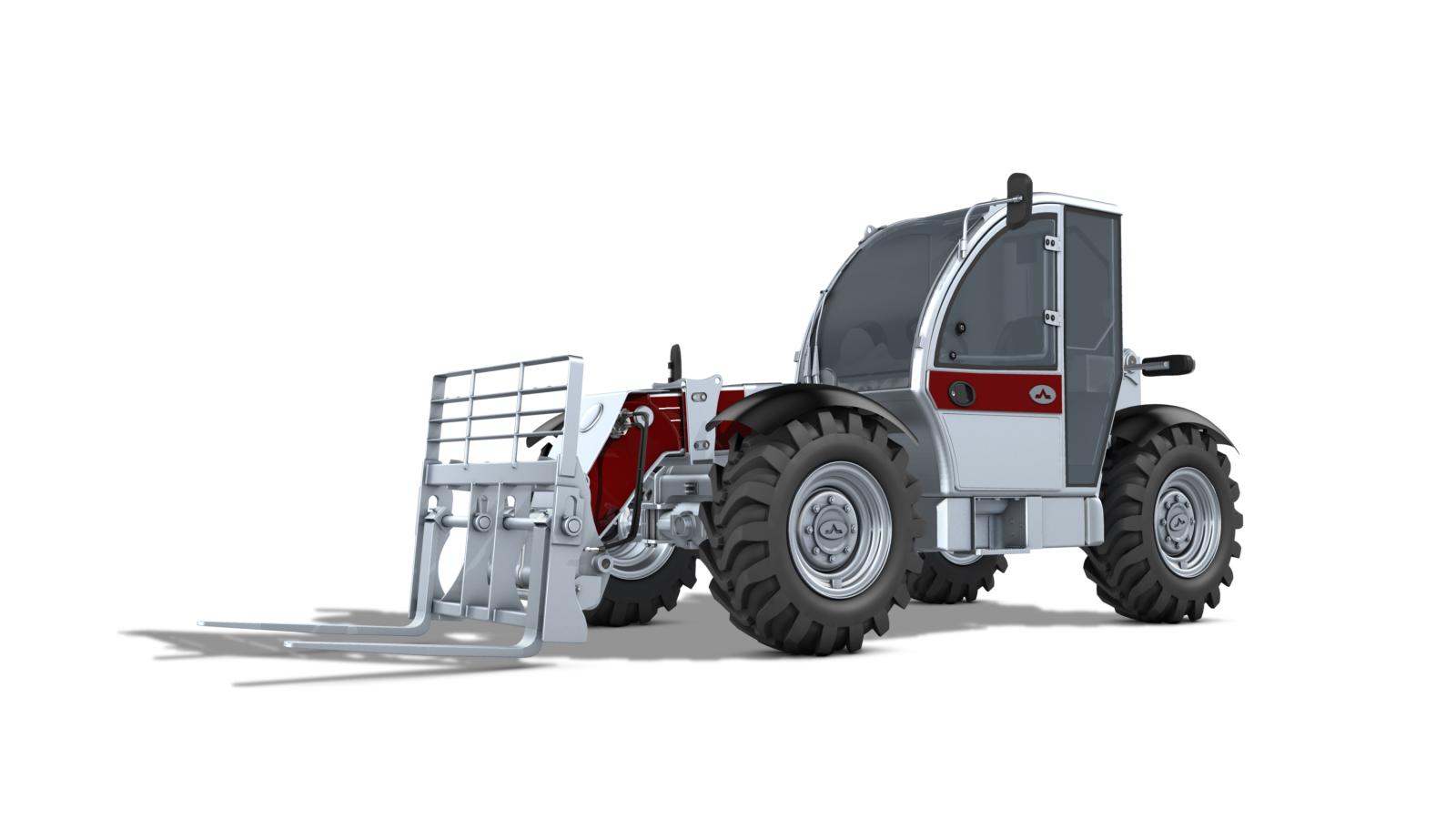
Other case studies:
Case study #1 - Crane
Hydraulic cranes show different needs based on the operation. In this application, "precision mode” allows very small flow rates delivered by the valve without affecting spool stroke so the flow resolution. At the same time, the "boost mode” allows major movement of the actuators and to increase productivity.
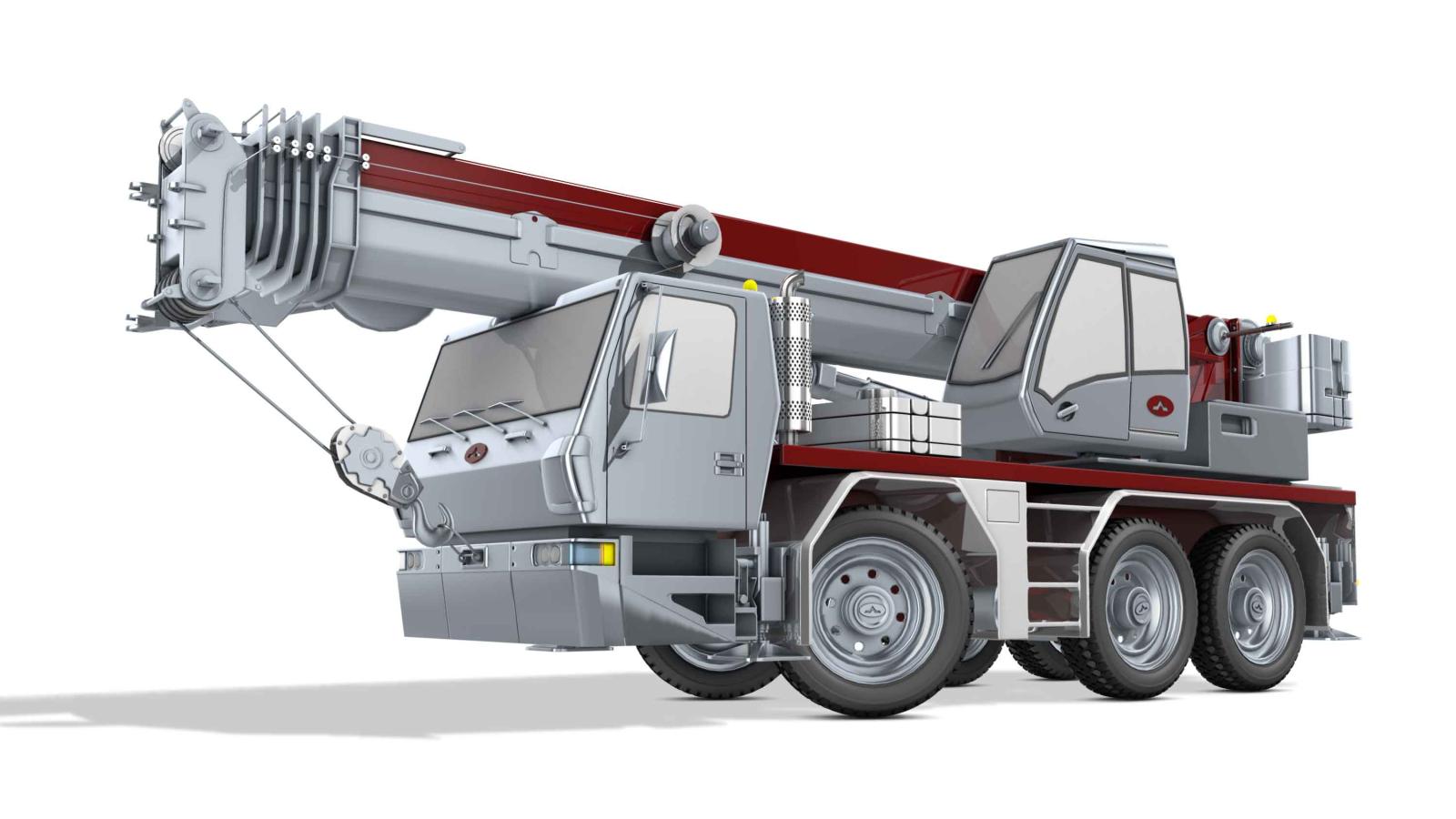
Case study #2 - Grader: boost functionality
For this application ALS allows the quick blade reposition and improved control during the machine operation.
Maximum speed can also be related to machine speed or to engine conditions to add extra functionalities.
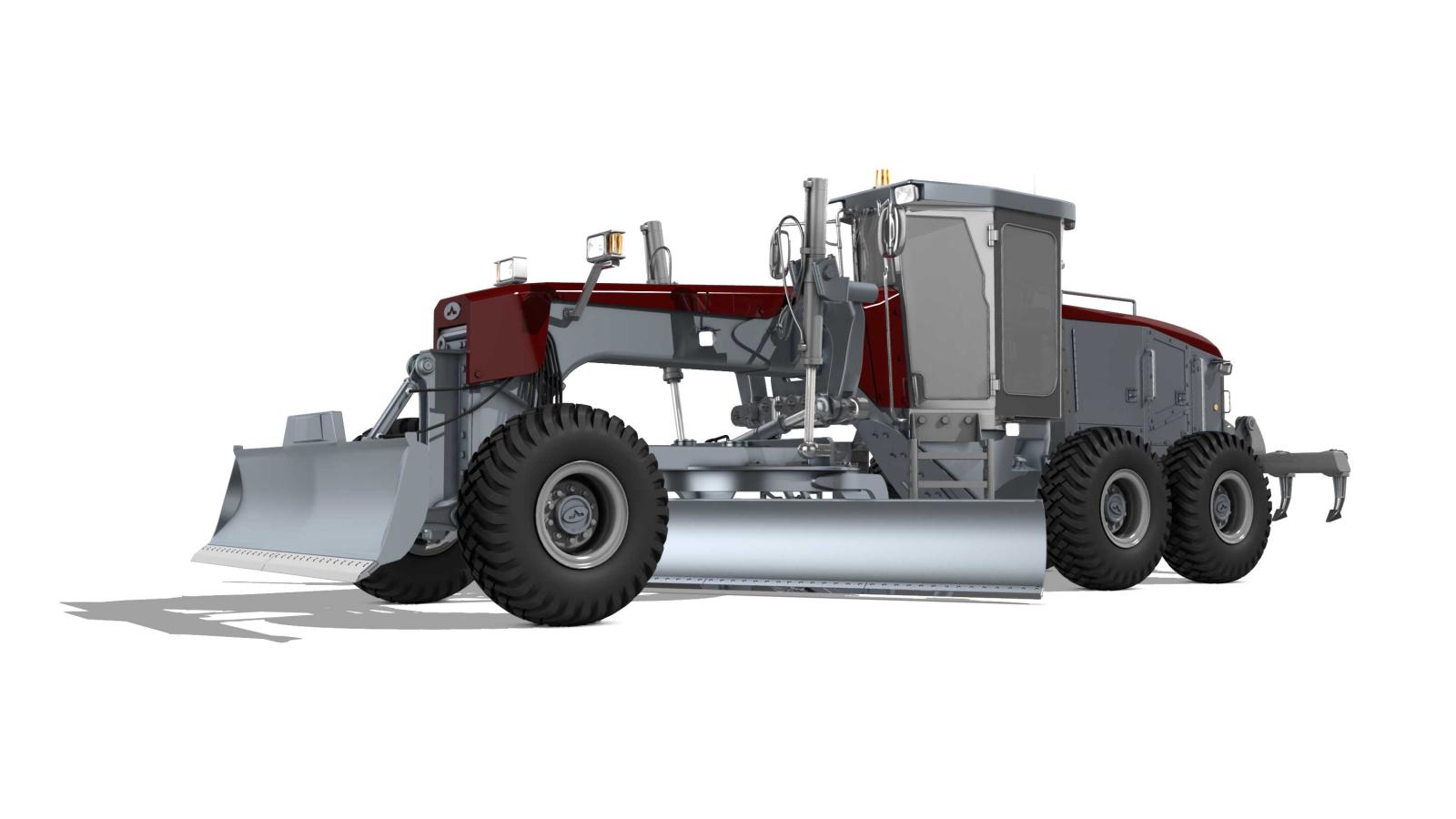
Case study #3 - Excavator: the needed flow
Excavator application requires several customizations during the tuning. ALS allows a virtual setup of the machine, with the end user able to tune the machine reactivity based on its experience and type of usage. A parallel algorithm in this sense provides virtual torque limiter to avoid engine stall and to compensate thermal oil conditions.
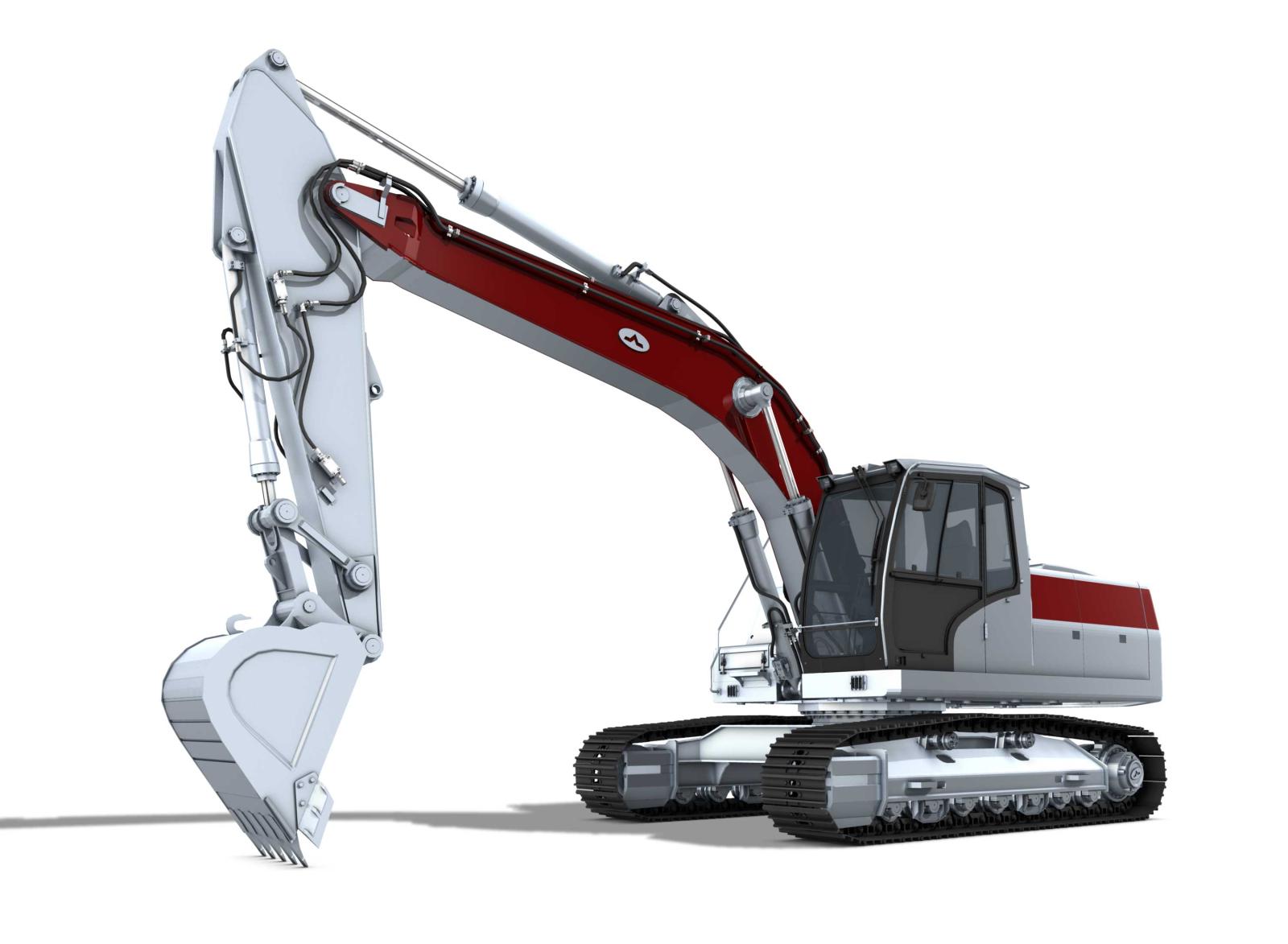
The benefits of the system
• Energy saving during loading/unloading operations in transport.
• Smoother response compared to using unloading valve
• Eco mode enhances efficiency further.
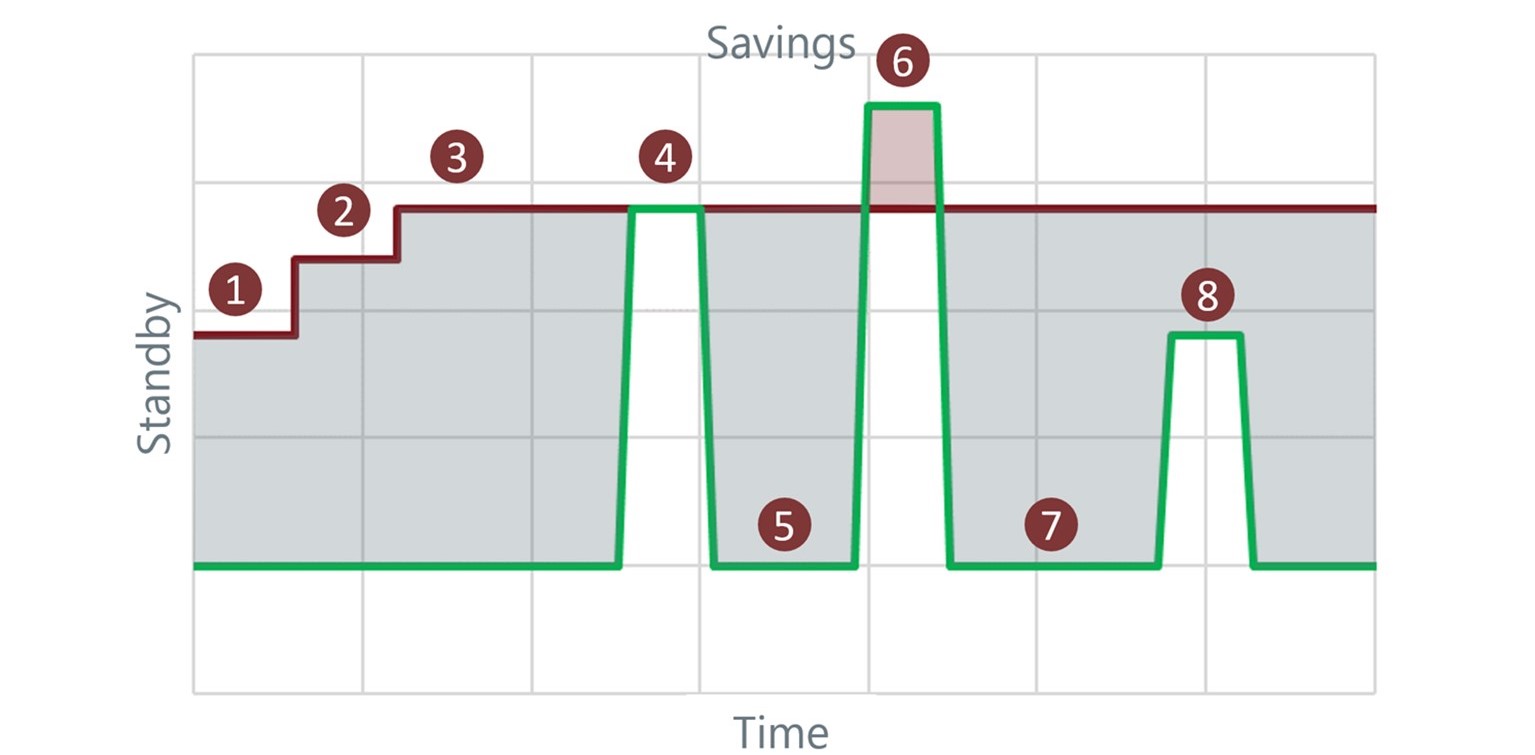
ALS Operation
1. Low Engine Speed
2. Mid Engine Speed
3. High Engine Speed
4. Standard Command (Nominal Standby)
5. Transport Mode
6. Boost Mode
7. Transport Mode
8. Eco/Precision Mode (Minimized Standby)
The ALS System received the EIMA 2020-21 Technical Innovation Award and the one of its environmental value, and has since continued to gain market acclaim.

 SCOPRI LE NOVIT� DI PRODOTTO
SCOPRI LE NOVIT� DI PRODOTTO
